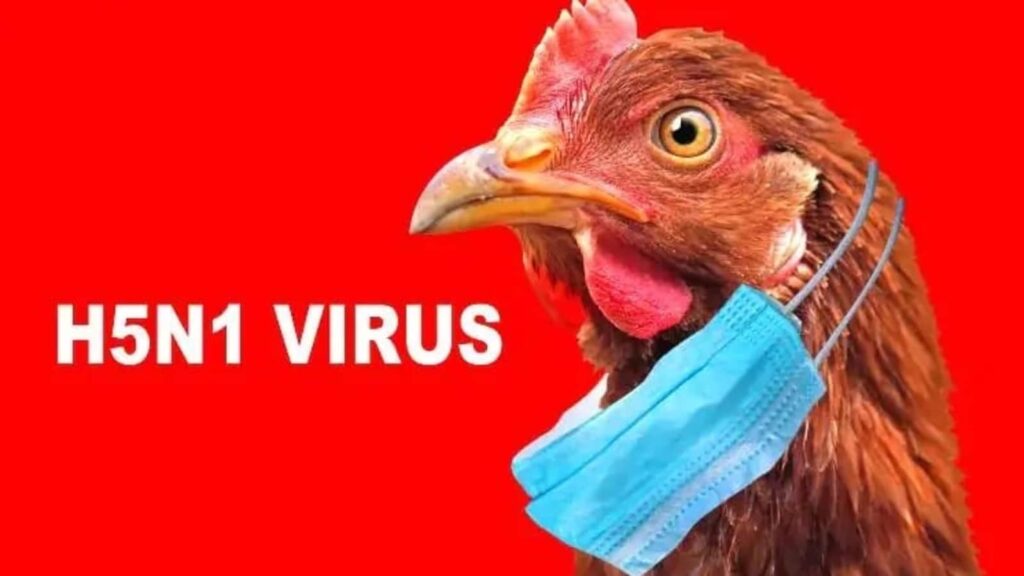
The H5N1 Bird Flu and Its New Challenges: A Deeper Look
Recently, a new variant of the H5N1 bird flu, known as the D1.1 genotype, has made headlines due to its detection in dairy cattle in Nevada. This is a significant turn of events, as it is the first time this variant has jumped from wild birds or poultry into cattle. This occurrence raises a lot of eyebrows and concerns among scientists and health experts. To understand why this is such a big deal, let’s break it down step by step.
What is H5N1 Bird Flu?
Bird flu, officially known as Avian Influenza, is a viral infection that primarily affects birds, especially wild and domestic poultry. The H5N1 strain is one of the most notable types of bird flu. Although it usually spreads among birds, it has occasionally jumped to other animals, including humans. In most cases, the human infections have been relatively rare, and they often originated from close contact with infected birds.
The Importance of the New Detection
The recent detection of the H5N1 D1.1 genotype in dairy cattle is monumental. So far, other strains have not caused severe issues among cattle, but there is potential for this new variant to be different. Previous instances of H5N1 among workers who dealt with infected birds resulted in mild infections, but this new variant has already been linked to severe illness in humans. That’s a red flag that has scientists worried.
Imagine if your favorite dairy products, like ice cream and cheese, suddenly became dangerous because of a virus. That’s part of what makes this situation so urgent. The chances of people getting sick from the variant as it spreads through cattle are not negligible. Scientists want to understand how easily it can spread from animals to humans and what that means for public health.
What About Vaccines?
One of the biggest concerns surrounding this new variant is the effectiveness of existing vaccines. Current vaccines were designed for different strains of the virus, and there’s a possibility that they might not work well against the D1.1 genotype. If the virus adapts and evolves, it could become more dangerous and harder to control.
Picture it like this: If someone makes a new video game, the cheat codes for the old version might not work for the new one. This means researchers may have to come up with new vaccines or modify existing ones to ensure they can combat the new variant effectively. This is a complex and time-consuming process, which adds an extra layer of urgency to the situation.
The Communication Gap
Adding to the confusion and concern is the communication pause from federal health agencies. In today’s age, we’re used to getting information quickly, whether it’s about new technology, health risks, or other important matters. When agencies don’t communicate effectively, it leaves people—and the public—feeling unsettled. How can we prepare for potential risks if we are not receiving timely updates?
Health agencies must regularly share information about outbreaks so that those who work with animals, such as farmers and dairy workers, can take appropriate safety measures. It’s like knowing the rules of a game; if you don’t know what you’re up against, it’s tough to play strategically.
Increased Detection Rates
Among the signs that things might be getting serious is the increased detection rate of H5N1 in wild birds and poultry across the country. It’s not just a few cases here and there; there are more frequent reports, which has led to heightened vigilance. As the saying goes, “an ounce of prevention is worth a pound of cure.” By paying attention to these rising numbers, we can better protect ourselves, our livestock, and our communities.
Farmers and ranchers are primarily responsible for monitoring the health of their animals. They need adequate guidance on biosecurity measures, including sanitation and vaccination strategies, to protect their herds effectively. Just as you lock your doors at night for security, farmers need to adopt protective measures to guard against the spread of diseases.
What Lies Ahead?
The road ahead is filled with uncertainty. Will H5N1 spread further among cattle? Could it lead to additional cases in humans? As scientists, farmers, and public health officials work together, continued research will be crucial. This research will involve studying the virus, understanding how it spreads, and identifying which measures can keep both animals and humans safe.
It’s important to remember that diseases don’t just affect the health of animals; they can impact food supplies and our economy. If farmers can’t produce dairy products safely, that could mean higher prices at the store and limited options for consumers. We might have to think twice when buying ice cream if the supplies are affected!
The Takeaway
As we navigate through this situation, it’s vital to stay informed and protect ourselves and our communities. Knowledge is power, and being aware of developments in the world of infectious diseases can help us take smarter steps in protecting our health and that of our loved ones.
As we conclude, it’s clear that vigilance is critical. We can be proactive by advocating for better communication from health officials, following biosecurity measures if we handle animals, and supporting ongoing research into viruses and their impacts.
So, what do you think? Are you concerned about the H5N1 D1.1 variant? How do you think we can better protect ourselves and ensure that we have safe dairy products in the future? Feel free to share your thoughts in the comments below!





